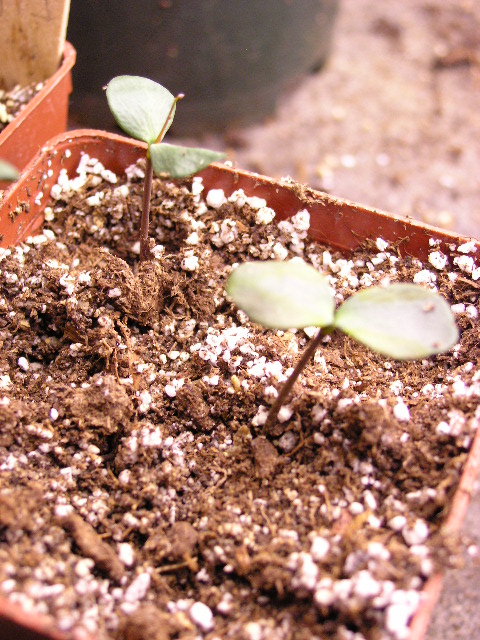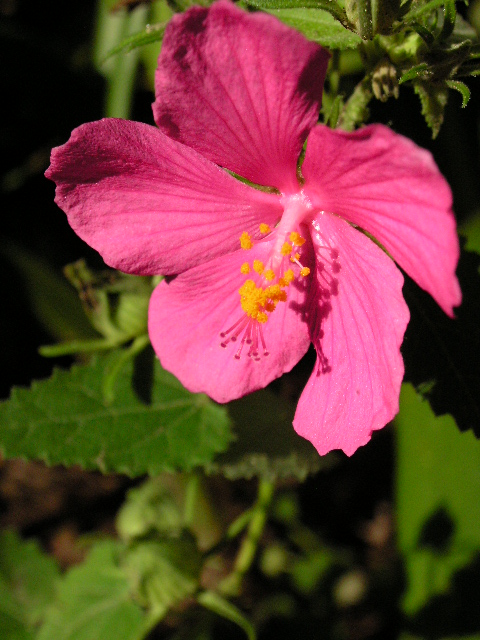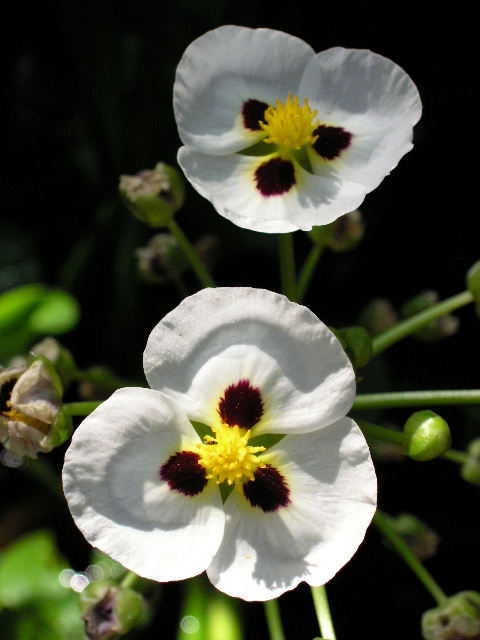Moving Out
As with most gardeners, I tend to believe that the conditions found in my garden fit certain new plants when, in reality, there is too much shade (usually the main culprit) or not enough water. These leads to certain plants fading away - eventually either being removed from the garden or given a second chance as a pass-along plant (hopefully in a better locale).
Lamb's Ear (Stachys byzantina): Deceased - too little light, not enough drainage
Coralberry (Symphoricarpos orbiculatus): Deceased - a larger specimen remains but also struggling
Black Knight Butterfly Bush (Buddleia davidii 'Black Knight') : Pass-along; needs more sun
Bamboo Muhly (Muhlenbergia dumosa): Pass-along; needs more sun
Fuzzy Wuzzy Lamb's Ears (Stachys byzantina ‘Fuzzy Wuzzy’): Pass-along; needs more sun
Rose 'Oklahoma': Pass-along; struggled due lack of soil depth and water
Begonias (Begonia semperflorens): Actually did alright, but I'm thinking its time for either a different annual or, even better, a more fitting perennial
Ribbon Grass (Phalaris arundinacea): Deceased - potted plant
Chrysanthemum: Removed - potted plant; needs more sun
Short Leaved Aloe (Aloe brevifolia): Murdered with watering pot (so, so sorry; really miss you)
Moving Over
Struggling in their present location, some plants may simply need to move to a more appropriate spot in the garden (at least that is what I hope).
Strawberry Geranium (Saxifraga stolonifera): Got a little scruffy this year; perhaps too much sun or too little water; it is returning to vigor with the recent drop in temperature - but thinking an even shadier spot might be best
Variegated Flax Lilies (Dianella tasmanica 'Variegata'): One is doing well, one is struggling - but the latter is shaded by some Cast Iron Plants; that one likely needs a new spot
Chile Petin (Capsicum annuum var. aviculare): Has done alright, but thinking it needs to be closer to the path (the more to appreciate its little red peppers) where it could catch slightly more sun
White Margin Snow Rose (Serissa foetida 'Improved'): Really struggled to get enough water; since watering is not likely to increase, thinking more shade would benefit it
Lenten Rose (Helleborus orientalis): Have never really flourished and are somewhat hidden away; perhaps a move closer to the path and deeper into the shade
Spanish Bluebell (Hyacinthoides hispanica): Potted; never really produced anything but foliage; may try out in the dappled shade/sun area of a bed
Moving Up
Salvia splendens 'Van Houttei'): In its first year, put on a surprising growth spurt with sporadic deep magenta bloomsMoving Up
Reifler's Dwarf Viburnum (Viburnum obovatum 'Reifler Dwarf'): Nice first year growth, looking forward to seeing how it does next spring
Autumn Ferns (Dryopteris erythrosora): New plantings out front really did well; will likely expand these completely across my front yard Cast Iron Plant beds
Soap Aloe (Aloe maculata): Growing in several spots around the yard (and pupping like a maniac); one produced two blooms stalks in a single year
Gulf Coast Penstemon (Penstemon tenuis): Very nice spring show; would like a few more in the same location to increase the "thickness" of the spring blooms
Manfreda 'Macho Mocha' (Manfreda x Mangave 'Macho Mocha'): Continued strong showing; survived 18 degree winter lows without any protection (recently transplanted one was damaged but recovered nicely)
Agave 'Blue Glow'): Though only receiving dappled shade, has put on some nice growth and maintained good looking leaves.
Experiment Status
Rain Lily seeds: a few germinated and are presently growing
Mahonia seeds: a few germinated but have not done well since move to different medium
Bronze Dyckia seeds: readily germinated, then seemed to stall; recently transplanted to better potting medium
Hydrangea cuttings: still green after all this time, but no new growth
Silver Squill (Ledebouria socialis) seeds: a couple germinated but have struggled when moved to another pot
Gulf Coast Penstemmon seeds: did not germinate




















































